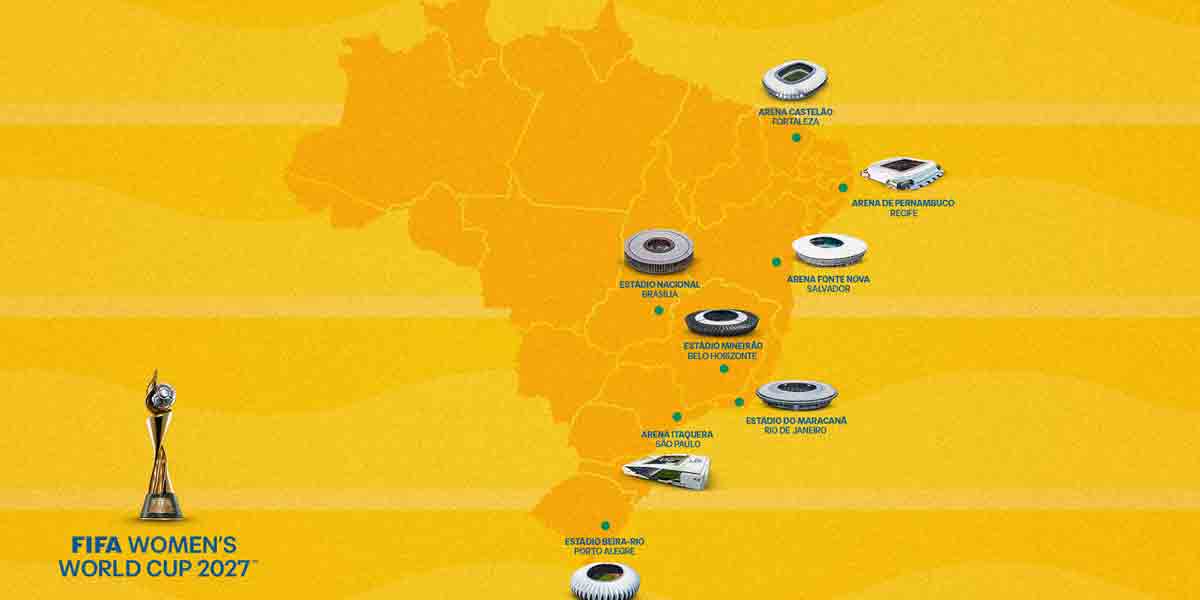By Herbert Vego
THE last time I was in Anini-y, Antique, it was for the sole purpose of “time travel” to the 17th century through the town’s oldest tourist attraction, the baroque Roman Catholic Church. A plate marker “greeted” me at the huge door. Installed by the National Historical Commission, the marker identifies the edifice as “Simbahan ng Anini-y” with a historical description in Filipino, which I am quoting verbatim:
“Ipinatayo ng mga Agustino malapit sa kasalukuyang pook, 1630-1638. Ang kasalukuyang simbahan na yaring koral, ipinatayo 1845. Ipinatayo ni P Jeronimo V. Aquerin ang kumbento, 1879. Sinakop ng mga Aglipayano, 1902. Napasailalim ng Mill Hill Fathers ng Inglatera ang pangangasiwa ng simbahan. Napinsala noong ikalawang digmaang pandaigdig at bagyo 1973.”
The quoted text summarizes the history of the church, which was originally constructed by Augustinian missionaries in 1630-1638, reconstructed in 1845 out of indigenous corals, temporarily taken over by the Aglipayans (followers of renegade Catholic priest Gregorio Aglipay) in 1902, and regained for the Roman Catholic Church by the Mill Hill Mission of England. It has also recovered from destruction wrought by earthquakes, World War II and a 1973 typhoon.
I spent the day interviewing knowledgeable natives for the church’s history.
Legend has it that no less than a powerful church official, Fray Hipolito Casimiro, spearheaded the construction of the first structure in eight long years, 1630-1638. It was thus proper and fitting that he assumed the role of its first parish priest.
More than 200 years later while the old church was still functional, Friar Jeronimo Vaquerin took it upon himself to upgrade it by constructing a bigger second structure between 1845 and 1879. The natives of the town were the prime workers and carpenters of the church, using coral reefs carved into thick blocks to form an adobe glued with thousands of egg whites and yolks.
Incidentally, the foundations and rubbles of the original 394-year-old church still exist a few meters near the reconstructed one.
The native parishioners of the church, however, were not always subservient to the Spanish government and church leaders. The formation of the nationalistic version of the Church – which would later be known as Iglesia Filipina Independiente (IFI) or Philippine Independent Church — by Fr. Gregorio Aglipay somehow swayed them to defy the Spanish colonizers.
No wonder the Spanish friars left the church vacant during the Philippine Revolution (1898 – 1902). This prompted a priest and followers of Aglipay to occupy it in 1902 until 1906 when the Roman Catholic Church’s Mill Hill Mission reclaimed it.
The strength of the church structure – measuring 60 x 40 meters – proved its mettle in 1948 when the unusually strong intensity-9 Lady Caycay earthquake struck and leveled other structures on Panay Island. The natives believed it was “a miracle” that the edifice survived, considering that Anini-y was the epicenter of that earthquake. The logical explanation, however, is that the massive columns and one-meter thick coral walls were – and are still – strongly held in place by a special blend of lime and straw.
Adjoining the church is a three-story belfry. Unfortunately, all of its four original brass bells from Europe have been damaged and replaced.
The church’s architecture somehow resembles that of the bigger church in Miag-ao, Iloilo. Why is that so?
One of my sources said that both churches had only one designer and were constructed by craftsmen from Igbaras, Iloilo.
The Anini-y church is now known as the Parish of St. John of Nepomuceno.
Today’s tourists marvel at the baroque architecture of the massive church, with its rectangular façade topped by a triangular pediment with a niche in the center, flanked by two windows. It has three sections supported by decorative pillars.
-oOo-
BACOLOD GOING ‘UNDERGROUND’, TOO
CONGRATULATIONS to the new Negros Electric and Power Corporation (NEPC) for ground-breaking the installation of a six-kilometer underground power distribution line along Lacson Street in a Bacolod City.
Bacolod Mayor Alfredo “Albee” Benitez and NEPC President/CEO Roel Castro, along with their staff officials, personally shoveled ground for the ceremonial kick-off job on the first kilometer of the project at a budget of ₱79.
The amount, Castro told us, is a portion of the ₱2-billion fund allotted by NEPC to rehabilitate what used to be the Central Negros Electric Cooperative (Ceneco). To recall, Ceneco has signed a joint venture agreement with Primelectric (a subsidiary of Iloilo City-based MORE Power), giving birth to NEPC.
The modern underground distribution system buries live wires safely below ground level. Though thrice more expensive, it reduces the frequency of power disruptions caused by falling objects and natural calamities, thereby enhancing business viability and profitability. It is geared toward power sustainability in the long run.
As MORE Power did in Iloilo City, undergrounding cabling would rid a long portion of Bacolod City of “spaghetti” or tangled overhead wires.
Incidentally, MORE Power has completed its pilot underground cabling along one kilometer of JM Basa St., Iloilo City at a cost of ₱96 million. The route extends from the corner of Arroyo Street to Aldeguer, Guanco, Mapa, Ortiz, and Rizal/Zamora streets, culminating at Plaza Libertad.
















